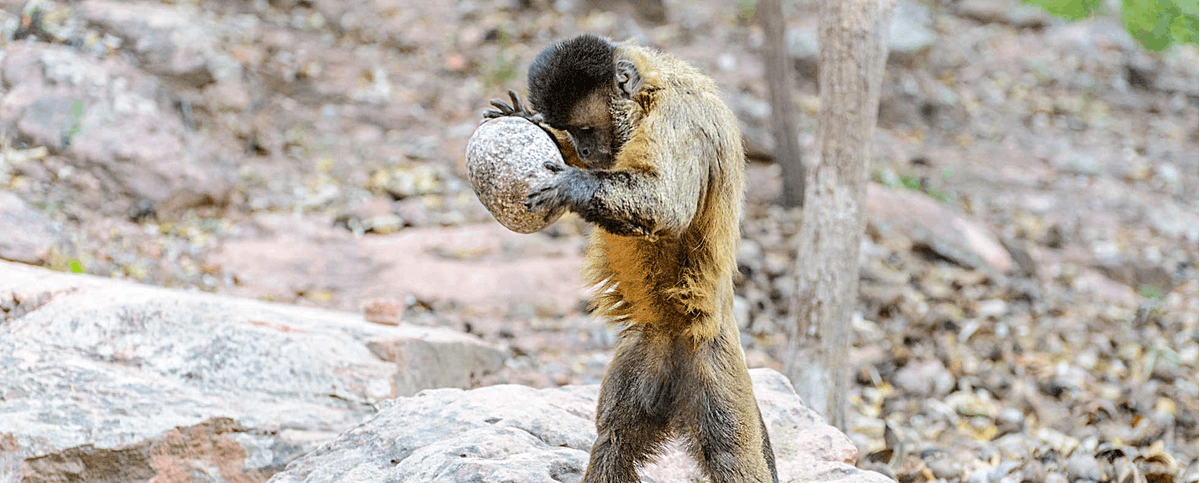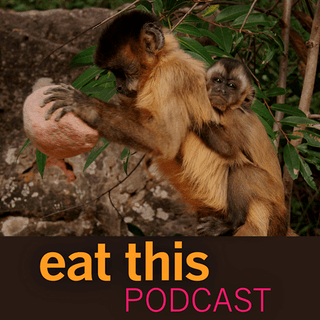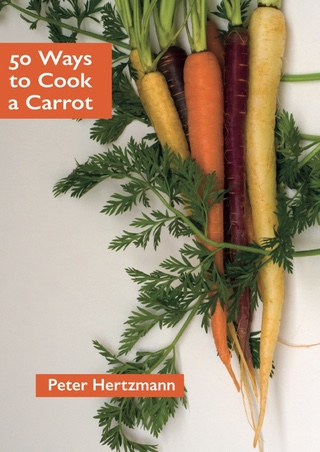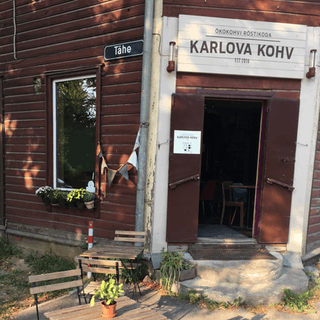
Podcast: Play in new window | Download (Duration: 31:14 — 25.2MB)
Subscribe: Google Podcasts | Spotify | Android | RSS | More
 When chimpanzees were first seen stripping the leaves off slender branches and inserting them into termite nests to fish for the insects, people marvelled. Our nearest relatives, using tools to get nutritious food. Imagine, then, the surprise among primatologists when capuchin monkeys, not nearly as closely related to us, proved equally adept at tool use. Capuchins select stones that can be half as heavy as they are and carry them long distances to use as nutcrackers.
When chimpanzees were first seen stripping the leaves off slender branches and inserting them into termite nests to fish for the insects, people marvelled. Our nearest relatives, using tools to get nutritious food. Imagine, then, the surprise among primatologists when capuchin monkeys, not nearly as closely related to us, proved equally adept at tool use. Capuchins select stones that can be half as heavy as they are and carry them long distances to use as nutcrackers.
Elisabetta Visalberghi is a biologist based in Rome, who published the first scientific observations of tool use in capuchins. That is just a part of her far-reaching investigations into how capuchins, which are omnivorous, go about deciding which foods are worth eating and which are best avoided.
The results may surprise you.
Trailer: The Bearded Capuchin Monkeys of Fazenda Boa Vista from Cognitive Primatology_ISTC on Vimeo.
Notes
- Cover photo of Chuchu and her infant by Elisabetta Visalberghi.
- The video I mentioned in the show is The bearded capuchin monkeys of Fazenda Boa Vista, available from the CNR Primate Center in Rome. There are some other videos on Vimeo.
- The CNR Primate Center website.
- Cashews really are a problem from the people who have to process them. This article is very recent.
- Banner from a photo by Allan Hopkins
- How about making a donation to show your love for the show?


 A rainbow handful of carrots graces the cover of Peter Hertzmann’s new book. But, as I discovered when I spoke to Peter, you can’t judge a book by its cover. Or even, apparently, by its title: 50 Ways to Cook a Carrot. Because although all the methods (not recipes!) feature carrots in one form or another, they’re intended to offer techniques that, Peter insists, you can apply to many other vegetables, fruits, and even meat and fish.
A rainbow handful of carrots graces the cover of Peter Hertzmann’s new book. But, as I discovered when I spoke to Peter, you can’t judge a book by its cover. Or even, apparently, by its title: 50 Ways to Cook a Carrot. Because although all the methods (not recipes!) feature carrots in one form or another, they’re intended to offer techniques that, Peter insists, you can apply to many other vegetables, fruits, and even meat and fish. 
 Porridge, for me, is made of oats, water, a bit of milk and a pinch of salt. Accompaniments are butter and brown sugar or, better yet, treacle, though I have nothing against people who add milk or even cream. So, while I’ve been aware of the inexorable rise of porridge in all its forms, I’ve been blissfully ignorant of the details. When I make, or eat, a risotto or a dal, I certainly don’t think of it as a porridge. Maybe now I will, and all because Laura Valli took the trouble to send me a copy of her research paper Porridge Renaissance and the Communities of Ingestion.
Porridge, for me, is made of oats, water, a bit of milk and a pinch of salt. Accompaniments are butter and brown sugar or, better yet, treacle, though I have nothing against people who add milk or even cream. So, while I’ve been aware of the inexorable rise of porridge in all its forms, I’ve been blissfully ignorant of the details. When I make, or eat, a risotto or a dal, I certainly don’t think of it as a porridge. Maybe now I will, and all because Laura Valli took the trouble to send me a copy of her research paper Porridge Renaissance and the Communities of Ingestion.